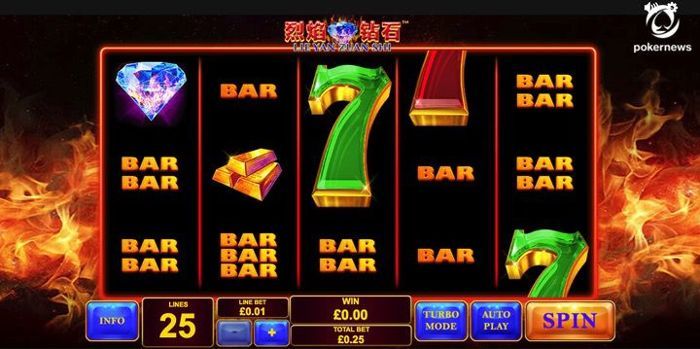
There are dozens of different payout systems used in slot machines. In one of the simplest designs, a jackpot is detected by measuring the depth of notches in the discs that drive the reels. For simplicity's sake, we'll look at this sort of payout system in a bare-bones slot machine. The machine only accepts one kind of coin, and there is only one winning combination of images.
How does a slot machine work: myths. Now that you know the basics of how a slot machine works, it’s time to learn how you can take advantage of that as a gambler and how to avoid losing all of your money in a few short rounds. Listed below are some common myths that might break your bankroll and tips for how to win. Sep 06, 2018 According to the Nevada Gaming Control Board (NGCB), casinos in the Silver State won $6.3 billion from slot players during 2017. Of that amount, $3.17 percent – or a hair more than half – was claimed by the penny slots, while multi-denominational machines took in $3.13 billion.

When you put a coin in this machine, it falls into a transparent case. The bottom of the case is a movable shutter that is connected to a metal linkage, as you can see in the diagram. Normally, the linkage holds the shutter closed. But when the machine hits the jackpot, the third stopper shifts the linkage up, opening the shutter so the coins fall out of the machine.
Advertisement
Each of the three discs has notches for each stop position of the reel. The notch for the jackpot stop is deeper than the other stops. Consequently, when the first reel lands on the jackpot stop, the first stopper moves farther to the left than it would for any other stopper. If the second reel stops on the jackpot as well, the second stopper also moves farther left. Same goes for the third reel and stopper.
But if only the second reel stops on the jackpot, the second stopper will not move all the way into the notch. The first stopper has a catch that keeps the second stopper from moving past it. The second stopper, in turn, has a catch that holds the third stopper back. For the third stopper to lock all the way into the jackpot notch, then, the first and second reels would have to have landed on the jackpot image. When this happens, the shutter opens to dump all of the coins that have been played since the last jackpot.
Typically, slot machines will have more elaborate versions of this design in order to pay out partially on certain combinations of images and pay out completely on the jackpot combination.
In another popular system used in some electrical machines, the discs have a series of metal contacts attached to them. When the reels stop, one of the contacts engages a stationary contact wired to a circuit board. In this way, every stop on each reel will close a different switch in the electrical system. Certain combinations of closed switches (jackpot winners) will configure the machine's electrical circuit to operate the payout mechanism.
A more advanced system uses photoelectric cells (also known as photo diodes), devices that generate a current when exposed to light, to detect the position. In this system, a series of holes are drilled through the rotating discs, all around their outer edges. The photo diode is positioned on one side of the disc, and a light source is positioned on the other side. As the disc turns, the light shines through the holes onto the photo diode. The pattern of holes in the disc causes the photo diode to generate a similar pattern of pulses of electricity. Based on this pattern, an electronic circuit can determine the position of the reel.
How Do Slot Machines Make Money
Newer slot machines use computers instead of gears. We'll take a look at those next.